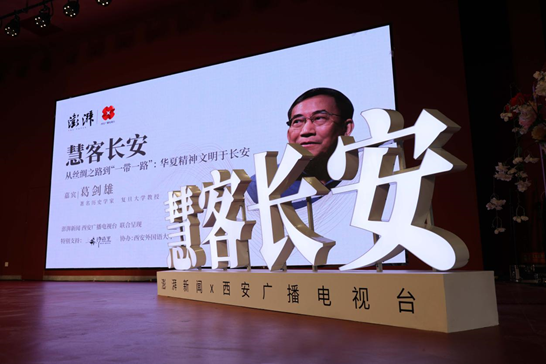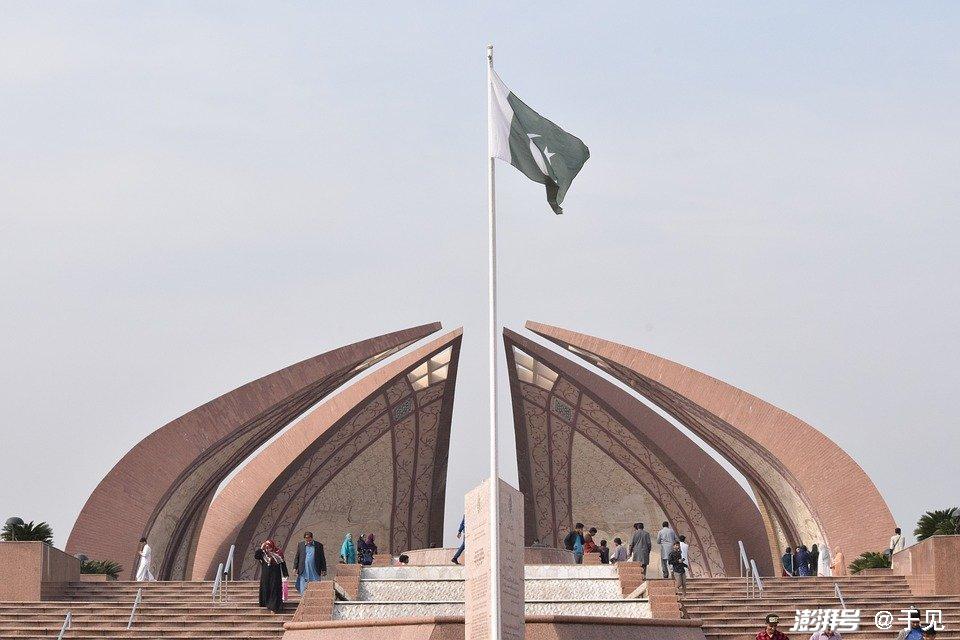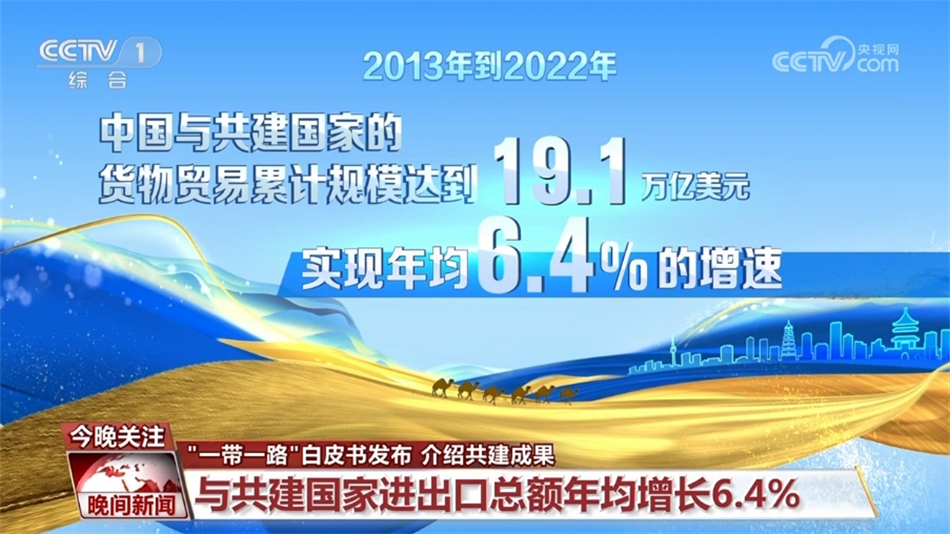President Xi’s Silk Road Story丨This Expressway Has Become The “happy Road” For Local People
President Xi’s Silk Road Story丨This Expressway Has Become The “happy Road” For Local People
About 16 kilometers west of the center of Phnom Penh, the entrance to Cambodia's first expressway, Jinggang Expressway
"Cambodia's first expressway, the first cross-ridge viaduct, the largest power station, the largest gymnasium and other infrastructure projects supported by China have brought tangible benefits to the Cambodian people and also provide strong support for Cambodia's long-term development." On April 17, on a state visit to Cambodia in Phnom Penh, President Xi Jinping said in a signed article.
In April, Phnom Penh, the capital of Cambodia, the sun is hot and the sky is clear. About 16 kilometers west of the center of Phnom Penh, is the entrance to the Jinggang Expressway, the first expressway to Cambodia. The Jinggang Expressway connects the Cambodian capital Phnom Penh with the largest deep-water port of Sihanoukville. In the past two and a half years of operation, it has served more than 12 million people.

Jingang Expressway toll station. (Photo provided by Cambodia Jingang Expressway Co., Ltd.)
On March 18, 2022, President Xi Jinping served as Cambodian Prime Minister Hun Sen on the phone and pointed out: "The two sides should jointly build the Belt and Road Initiative with high quality and accelerate the construction of major projects such as expressways, airports, and special economic zones."
On October 1 of the same year, the Jingang Expressway was officially opened to traffic, announcing Cambodia entering the "highway era".
"After the opening of Jingang Expressway, our company's vehicles not only run more frequently and have higher efficiency, but also run more steadily and more at ease." "It used to take 5 hours to go to the national highway, but now it only takes more than 2 hours to get from Xigang to Phnom Penh." "In the past, seafood in Phnom Penh was both expensive and had fresh preservation problems. Now we can buy fresh and affordable seafood at any time." ... From enterprises to the people, Jingang Expressway has won wide praise.
"The Jingang Expressway spans five provinces, like a link, connecting important economic nodes along the way, creating a vibrant industrial economic corridor." Pan Yougen, general manager of the Zhejiang Special Economic Zone of Cambodia, located at the exit of 135 kilometers of Jinggang Expressway, said.
Wosa Village is close to the Jingang Expressway. In the past, villagers lived in high-footed houses and made a living by farming. Young people went out to work. Nowadays, the number of local factories has increased from 2 to 7, villagers can find jobs at their doorstep, and more and more people open shops to start businesses, with an average monthly income of more than 100 US dollars. Many people have built new houses and bought motorcycles and cars. Village chief Cai Jinshan stood in front of his new house and said happily: "This highway is our 'way to get rich'."

Staff monitor the road conditions at the Jingang Expressway Monitoring Service Center. (Photo by Cao Shiyun, a reporter from People's Daily)
Kim Ping, director of the Institute of International Relations of the Royal Cambodian Academy of Sciences, praised the Jingang Expressway as a major achievement that has never been seen in Cambodia's history and is of great significance to Cambodia. "The Jingang Expressway is not only a road connecting Phnom Penh and Xigang, but also an economic artery that smooths manufacturing logistics and transportation. It is a vivid portrayal of win-win cooperation between Cambodia and China." Kim Pin said.
"There is a road and there is hope!" This Cambodian proverb expresses the importance of transportation infrastructure to Cambodia's development. On April 12, the opening ceremony of the National Highway 71C in Cambodia, which was constructed by a Chinese company, was held. Cambodian Prime Minister Honmanai said in his speech that China is an indispensable friend and recognized number one partner of Cambodia.
"China and Cambodia have a strong friendship and are fully in line with the common interests of the people of both countries." On December 3, 2024, President Xi Jinping pointed out during a talks with Chairman of the Cambodian People's Party and Chairman of the Senate Hun Sen.

In a toll station on Jingang Expressway, staff provide services to vehicles passing by. (Photo provided by Cambodia Jingang Expressway Co., Ltd.)
Cambodia is a country along the "21st Century Maritime Silk Road" and is also one of the first countries to respond, participate in and implement the "Belt and Road" initiative. The joint construction of the "Belt and Road" has brought tangible development opportunities to Cambodia: the Sanhe Secondary Hydropower Station, the largest hydropower project in Cambodia, has been put into production, with a cumulative power generation of more than 12.1 billion kilowatt-hours; the Sihanoukville Special Economic Zone has attracted more than 200 enterprises and institutions to settle in, creating 32,000 jobs; Siem Reap Angkor International Airport has opened 17 routes to 8 countries and 16 cities, and has served 2.221 million passengers in more than a year in the past year; the traditional Chinese medicine clinic of the Coasma China-Cambodia Friendship Hospital has served a total of 50,000 patients; the Luban Workshop in Cambodia has trained more than 1,300 students since its operation in 2018... The fruitful cooperation results have become the most powerful and eye-catching footnote of China-Cambodia's "iron-core friendship".
Under the joint promotion of the leaders of the two countries, China-Cambodia cooperation has become deeper and deeper, continuously enriching the "Diamond Six-Side" cooperation structure, formulating cooperation plans for the "Industrial Development Corridor" and "Fish-Rice Corridor", promoting the implementation and effectiveness of key cooperation projects, and helping to jointly build the "Belt and Road" initiative and Cambodia's "Pentagon Strategy" to promote the high-quality docking of the China-Cambodia community with a shared future to bear more fruitful results.
As President Xi Jinping said, "China-Cambodia friendship has been deeply rooted in the hearts of the people of both countries" and "can be regarded as a model of equal treatment and sincere cooperation between countries."
More than a thousand years ago, the murals of Bayon Temple carved vivid scenes of ancient Chinese merchants' exchanges with the Cambodian people; thousands of years later, China-Cambodia friendship has become stronger and stronger, like the national tree of Cambodia - a brown sugar tree, with deep roots and lush leaves and endless life, continuing the deep friendship that transcends time.





